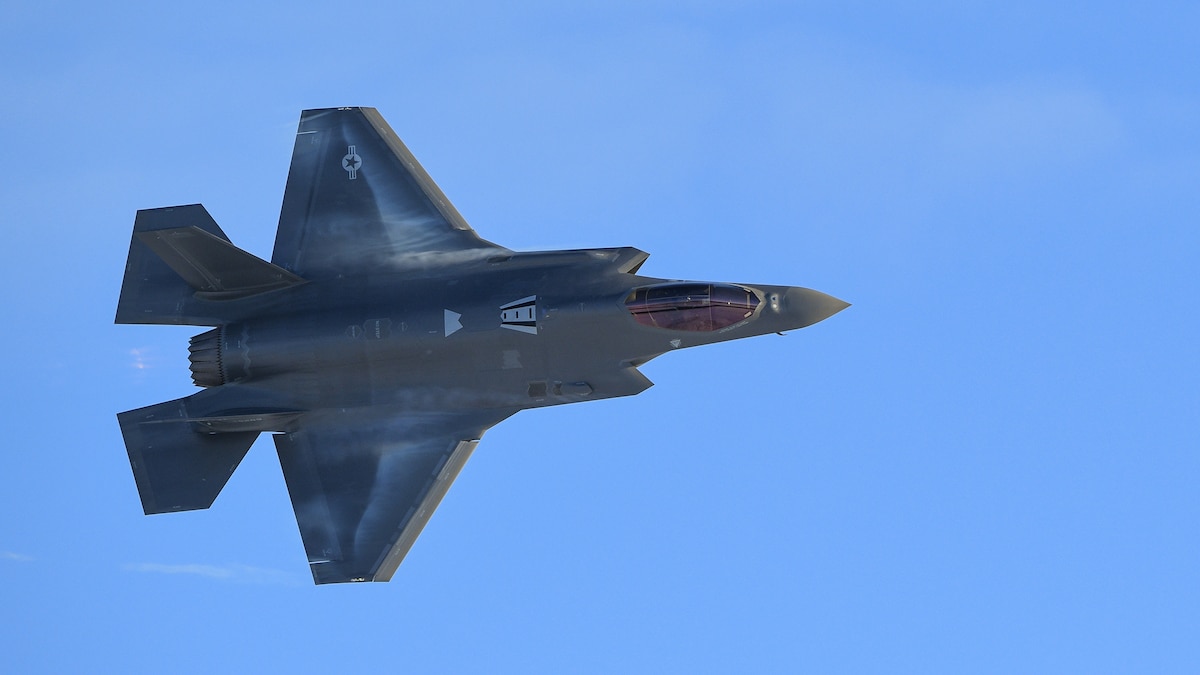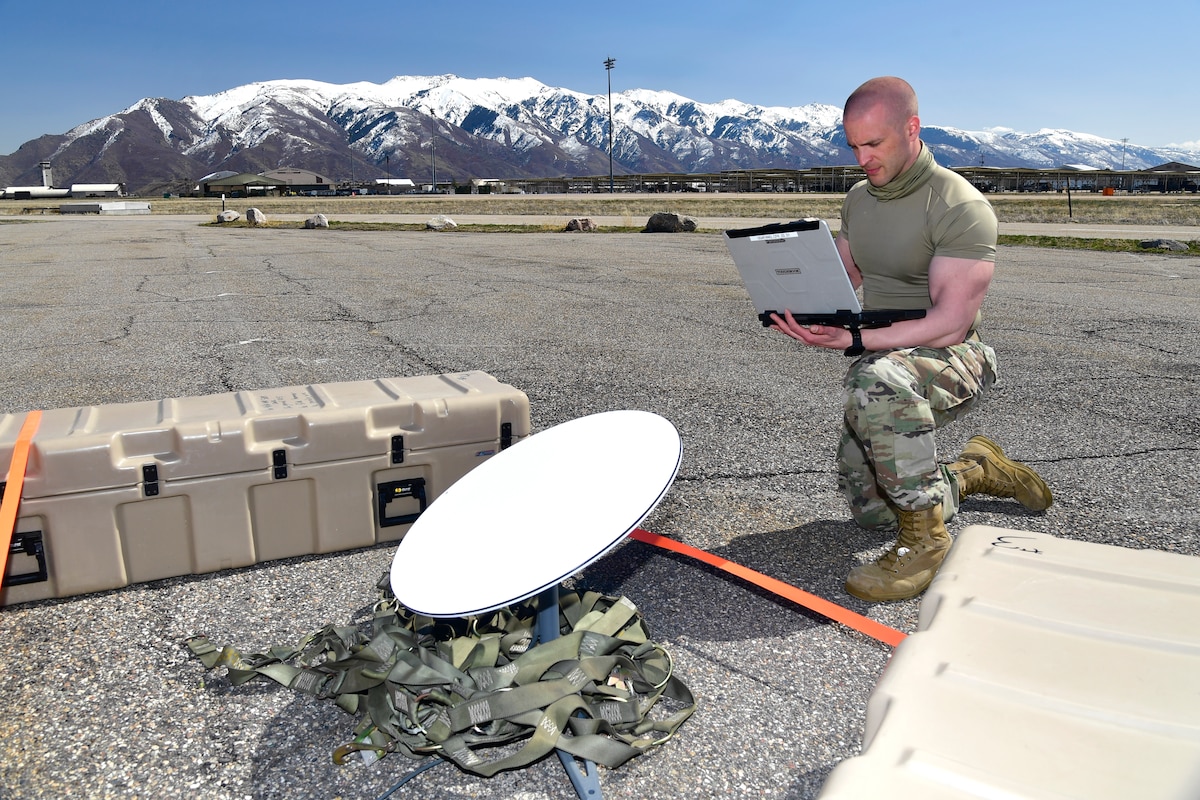Hill AFB’s 388th OSS exploring agile communications options for F-35A
The 388th Fighter Wing’s Operations Support Squadron cyber Airmen are currently exploring high-speed communications options to support F-35A Lightning II Agile Combat Employment – operating from remote or austere locations.
The flow of information is critical in any war-time environment, and space and cyber capabilities almost completely dominate that arena for modern militaries. Speed and reliability in communications are demanding to support the cyber needs of the F-35's associated systems.
“We’re trying to get after what is Secretary [Frank] Kendall’s fifth operational imperative; ‘Defining optimized resilient basing, sustainment, and communications in a contested environment,’” said Lt. Col. Maxwell Cover, 388th OSS commander. “With the F-35, we are likely going to be using the ACE construct on any deployment, and we need resilient, redundant communications.”
For the first time, cyber Airmen used satellite and cellular internet capabilities to connect an F-35 deployed debrief facility (housing an Autonomic Logistics Information System server stack) and looped back into the Air Force network’s “central point of entry” for F-35 supply chain and logistics.
They did this with the help of cyber teams from Air Combat Command, ACC’s Agile Battle Labs initiative and Combat Communications, who analyze units’ operational needs and help them become more agile in the cyber realm.
“A huge piece of agile combat operations is hardening communications,” Cover said. “These teams are helping us develop better connectivity for the massive amounts of data that we need to push through ALIS.”
Current military satellite internet capability requires a longer lead time, and its fastest speeds are not sufficient for the amount of data required for remote F-35 operations, Cover said.
“If we have to get out the door quickly, that doesn’t work. When you look at operating out of a remote location for days, weeks, maybe longer, where we need ALIS, NIPR, and SIPR, it’s critical to have more agile communications,” Cover said.
Using a Flyaway Communications Terminal developed by the ABL team, the group harnessed speeds up to 30 times faster during the week-long test. It was more than enough to support ALIS as well as individual NIPR and SIPR connections.
The setup requires linking a small satellite-internet dish with a gateway router in a hard-sided case, then to a terminal that splits classified and unclassified data.
The gateway router has the capability to connect to a hardline network, satellite internet, or it also has several slots for cellular sim cards which can transmit data from many bands and regions. The router automatically selects which signal and network is fastest and transmit data simultaneously.
All of this is small enough to fit inside of an F-35’s travel pod, and virtually any Airman can be trained to set it up in less than 10 minutes, said Senior Master Sgt. Reid Beveridge, Agile Battle Labs senior enlisted advisor.
“Really, what we want to have is options for communications,” said 1st Lt. Corbin Meredith, 388th OSS, “We don’t have the infrastructure in every possible location, but with this we could go to SATCOM or cellular LTE and then go to offline capabilities as a last resort. The fact that anyone can be trained to set it up gives us more manpower options and brings another element to creating Multi-Capable Airman.”



